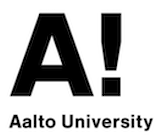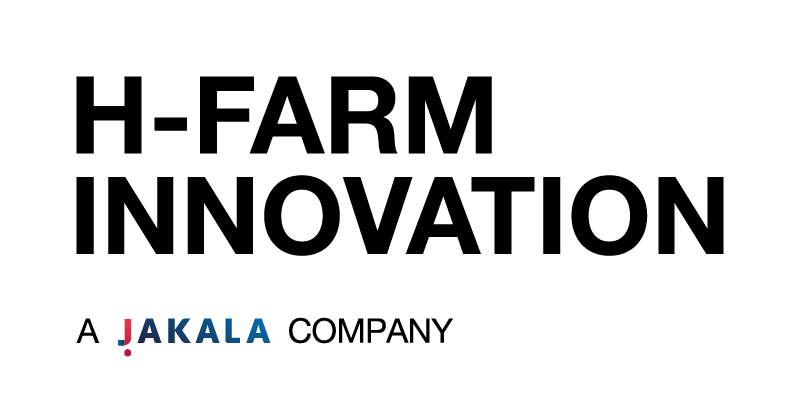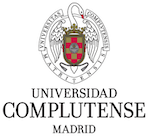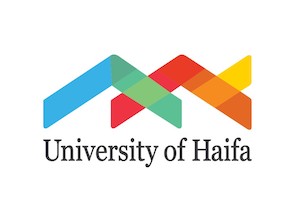Reuse
Let cultural institutions become aware of specific legal tools for regulating the reuse of their material, such as the Creative Commons licenses, and use standards for representing the compositional structure, provenance and responsibility of the derivative assets - such as the digital representation of a cultural heritage object and the annotations provided by users when interacting with its either physical or digital manifestation - made available in a digital environment.
Partnership
Encourage cultural institutions to participate in partnerships with companies by ensuring that the innovative actions carried out receive incentives when the activities of the cultural institutions are assessed, allocating time for research and development in cultural institutions activities to be spent on research projects and encouraging the government to support the cooperation between cultural heritage institutions and companies by making available public funds for joint projects with social objectives.
Participation
Maximise citizens' engagement and participation by making known and accessible – in a digital and Web-based environment – the rich heritage inventory under the custody of cultural heritage institutions, even when such cultural resources are not part of permanent exhibitions, and develop online experiences (co-created involving museum visitors) to enable a broader range of cultural activities where citizens have direct access to these resources, especially in situations where physical access might be constrained.
Awareness
Raise awareness of our common European history and values by offering systems, resources and activities, supported by a digital environment, that go beyond the factual and encyclopaedic dissemination of information, and make available cultural institutions' collections for accommodating societal needs for debate, interpretation, reflection, research and freedom of thought and expression.
Accessibility
Tailor cultural activities to specific groups at risk of exclusion to give them a voice and space in the central cultural debates in contemporary society, and guarantee accessibility to all people, including those who are traditionally excluded from gaining access to and contributing to cultural heritage sites and organisations, leveraging digital tools to continuing to bring people to visit the museums even during intense and unpredictable events.

















